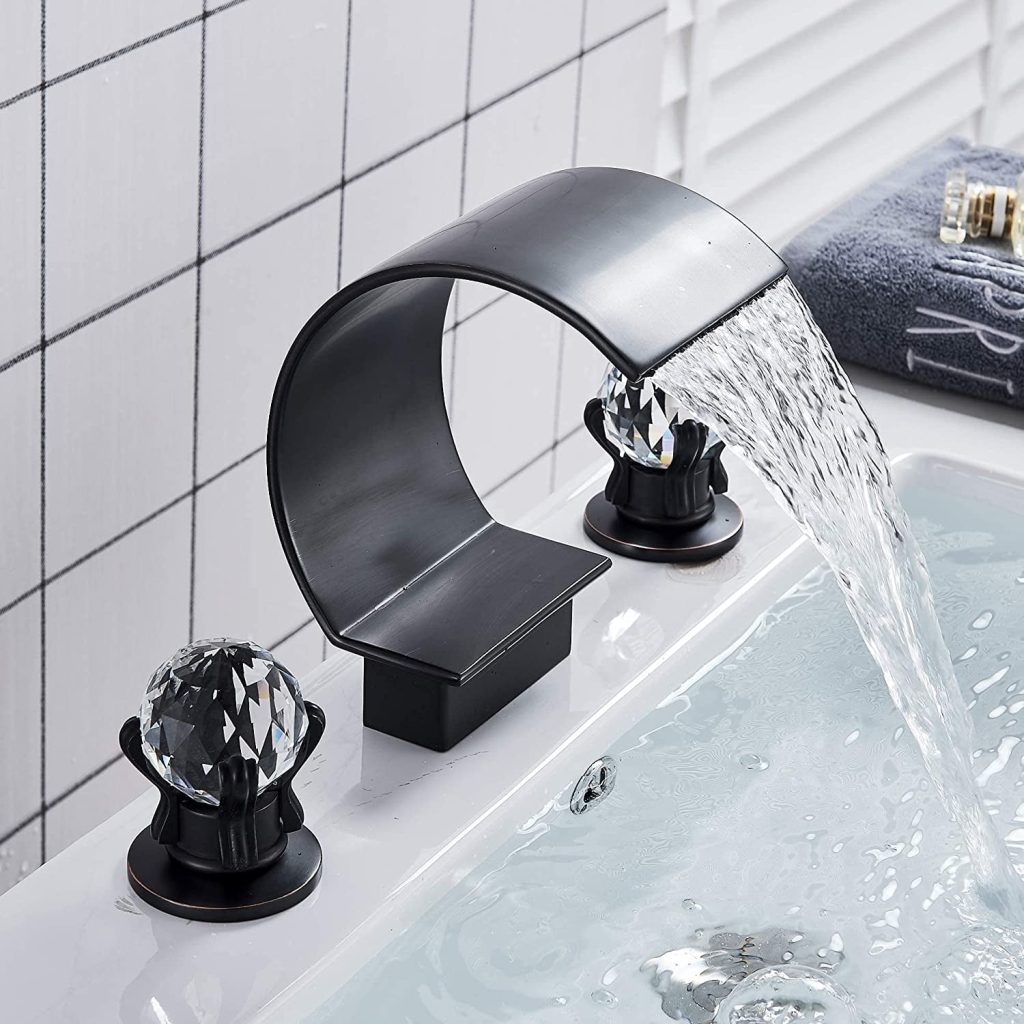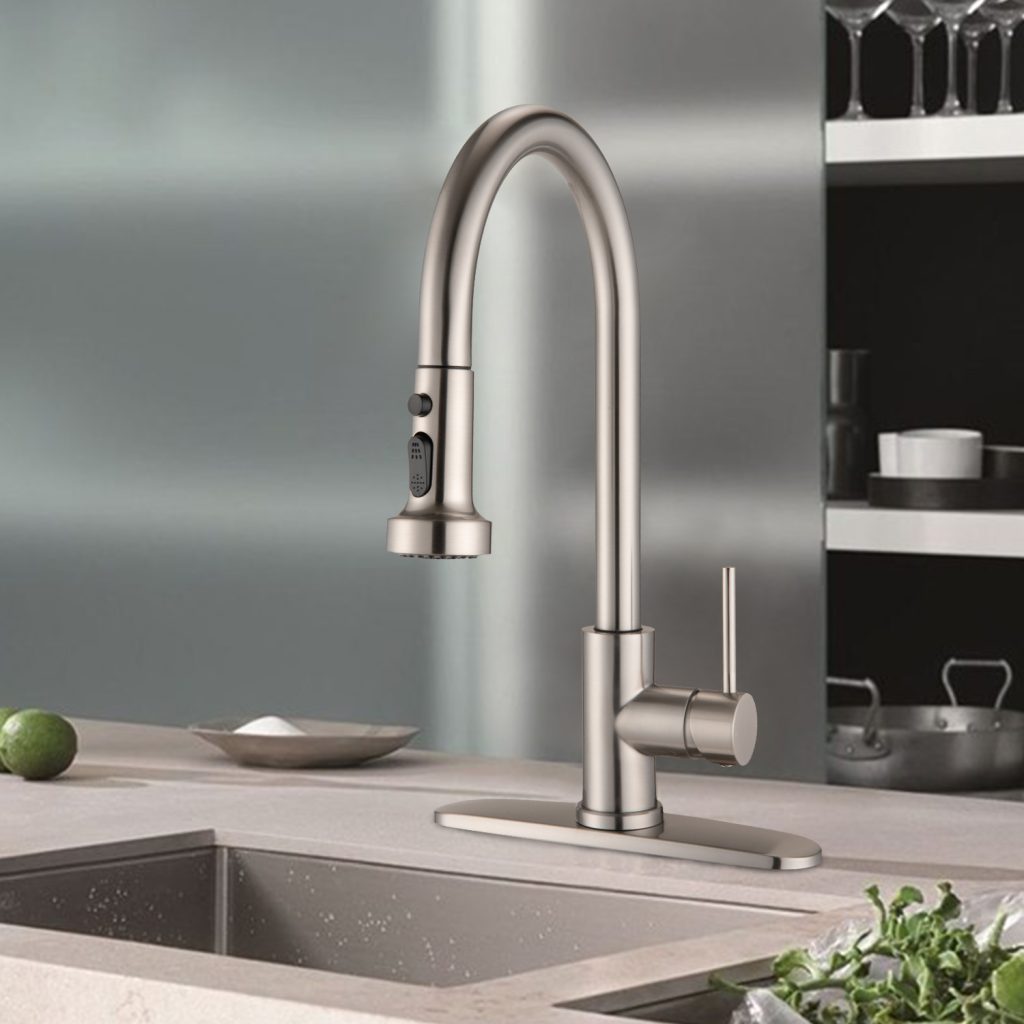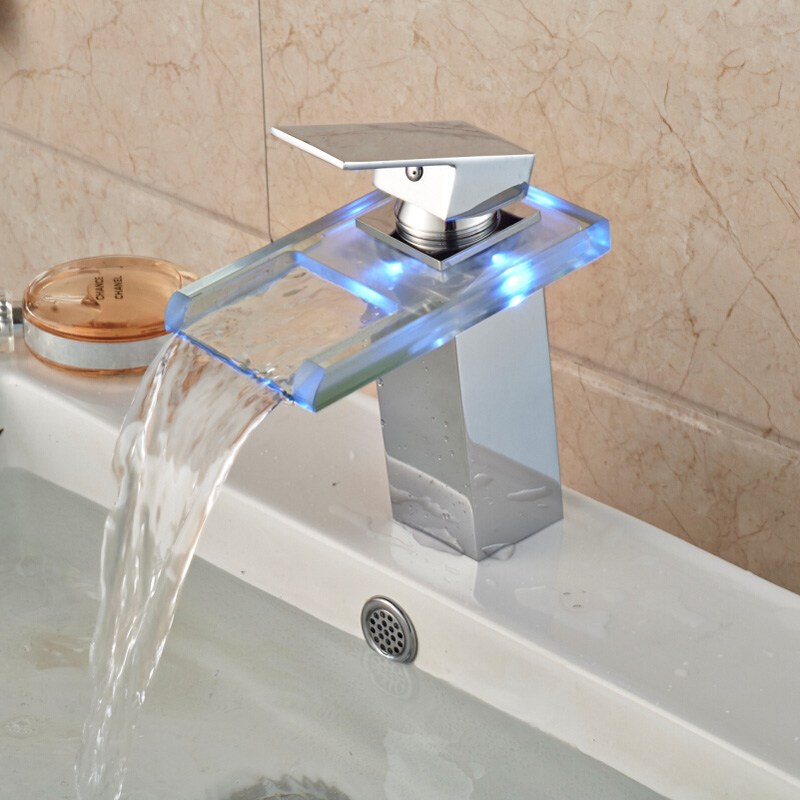Best material for faucets are an essential component in any household, providing access to water for various uses such as washing dishes, hands, and cooking. When selecting a faucet, one of the most crucial considerations is the material used in its construction. The material not only affects the faucet’s aesthetics but also its durability, maintenance requirements, and performance. With a wide range of materials available, choosing the best one can be a daunting task. In this guide, we will explore some of the best materials for faucets, their properties, and the factors to consider when making a decision.

Factors to Consider
Before delving into the various materials used for bathroom faucets, it’s essential to consider certain factors that can influence the choice of material. These factors include:
- Durability: The material used should be able to withstand daily use and exposure to water without deteriorating or corroding.
- Aesthetics: The appearance of the faucet is an important factor, and the material chosen should complement the overall design and style of the kitchen or bathroom.
- Maintenance: Some materials may require more maintenance than others, so it’s important to consider the level of upkeep that is acceptable.
- Cost: The cost of the faucet material is also a significant consideration, as it should fit within the set budget while providing the desired durability and aesthetic appeal.
With these factors in mind, let’s explore some of the best materials for faucets.
Stainless Steel
Stainless steel is a popular choice for faucets due to its durability, resistance to corrosion, and sleek appearance. It is easy to clean and maintain, making it a practical option for busy households. Additionally, stainless steel is a hygienic material that is resistant to bacteria and germs, making it suitable for kitchen faucets where food preparation takes place.
Brass
Brass is another popular material for faucets due to its durability and timeless appeal. It is resistant to corrosion and tarnishing, making it a low-maintenance option for both kitchen and bathroom faucets. Brass faucets are available in a variety of finishes, from polished to antique, allowing for customization to suit different design preferences.
Copper
Copper faucets are appreciated for their unique and warm appearance, which adds character and charm to any kitchen or bathroom. While copper is susceptible to tarnishing, many homeowners appreciate the natural aging process, known as the patina, which develops over time. The antimicrobial properties of copper make it a hygienic choice for kitchen faucets.

Chrome
Chrome is a commonly used material for shower faucets due to its affordability and resistance to tarnishing and corrosion. It offers a shiny and reflective surface that can complement various design styles. However, it’s essential to note that chrome-plated faucets may lose their luster over time and require frequent cleaning to maintain their appearance.
Nickel
Nickel is a durable and corrosion-resistant material that is often used for high-quality faucets. It is available in various finishes, including brushed and satin, providing a versatile option for different design preferences. Nickel faucets are easy to clean and maintain, making them ideal for busy households.
Plastic
Plastic faucets are an affordable and lightweight option that is easy to install and maintain. While they may not offer the same durability as metal faucets, high-quality plastic materials can provide satisfactory performance for a budget-friendly price. Plastic faucets are often used in temporary or rental properties where cost-effective solutions are preferred.
How to select the best material for faucets
Faucets are an essential part of any kitchen or bathroom, providing a source of water for various tasks. When it comes to choosing the right faucet for your space, one of the most important factors to consider is the material it is made from. The material of the faucet not only affects its appearance, but also its durability and performance.
Consider the Functionality
Before delving into the different materials available, it’s important to consider the functionality of the faucet. Are you looking for a faucet for a high-traffic area, such as the kitchen, or a lower-traffic area, such as a guest bathroom? Understanding the level of use the faucet will receive can help determine the best material for its construction. Additionally, consider any specific features or functionalities you require in a faucet, such as a pull-down sprayer or touchless operation, as these may also influence the material choice.
Durability and Longevity
One of the main factors to consider when choosing the material for faucets is durability and longevity. The material of the faucet should be able to withstand regular use and exposure to water without deteriorating or corroding. Look for materials that are known for their durability, such as brass, stainless steel, or solid brass. These materials are resistant to corrosion and wear, making them ideal for faucets in high-traffic areas.
Appearance and Style
The material of the faucet will also play a significant role in its appearance and style. Different materials can give the faucet a unique aesthetic, so it’s important to choose one that complements the overall design of the space. Consider the finish of the material, whether it’s polished, brushed, or matte, and how it will coordinate with other fixtures and decor in the room. For a modern look, stainless steel or chrome may be a good choice, while brass or bronze can add a touch of warmth and elegance to a traditional or rustic space.

Ease of Maintenance
Another important factor to consider when selecting the material for faucets is ease of maintenance. Some materials are easier to clean and maintain than others, which can save you time and effort in the long run. Look for materials that are resistant to tarnishing, water spots, and fingerprints, as these are common issues with faucets. Additionally, consider the finish of the material – polished finishes may require more frequent cleaning to maintain their shine, while matte finishes may be more forgiving.
Cost and Budget
Of course, cost and budget are important considerations when choosing the material for faucets. The price of faucets can vary greatly depending on the material they are made from, so it’s important to set a budget and stick to it. Keep in mind that while certain materials may have a higher upfront cost, they may also offer better durability and longevity, saving you money in the long run on repairs and replacements.
Common Materials for Faucets
Now that we’ve explor the key factors to consider when choosing the material for faucets, let’s take a closer look at some of the most common materials use in faucet construction:
- Brass: Brass is a popular choice for faucets due to its durability and resistance to corrosion. It can be finish in various ways, such as polish brass, satin brass, or antique brass, making it a versatile option for different design styles.
- Stainless Steel: Stainless steel is known for its strength and resistance to rust and corrosion, making it an excellent choice for kitchen faucets. It has a sleek and modern appearance and is easy to clean and maintain.
- Solid Brass: Solid brass faucets are made from a single piece of brass, making them incredibly durable and long-lasting. They are available in a variety of finishes and are suitable for both kitchen and bathroom use.
- Zinc: Faucets made from zinc are an affordable option, but they may not be as durable as other materials. Zinc faucets are often coated with a chrome or brush nickel finish to improve their appearance and durability.
- Plastic: Plastic faucets are the most budget-friendly option, but they are not as durable or long-lasting as other materials. They may be suitable for low-traffic areas or temporary use.

Conclusion
When choosing the best material for faucets. It’s essential to consider factors such as durability, aesthetics, maintenance, and cost. Each material offers unique properties and characteristics that cater to different preferences and needs. Whether you prioritize the timeless appeal of brass, the durability of stainless steel. Or the warmth of copper, there is a material that will meet your requirements. By understanding the properties of each material and evaluating them in relation to your specific needs. You can make an informe decision and select the best material for your faucets.
